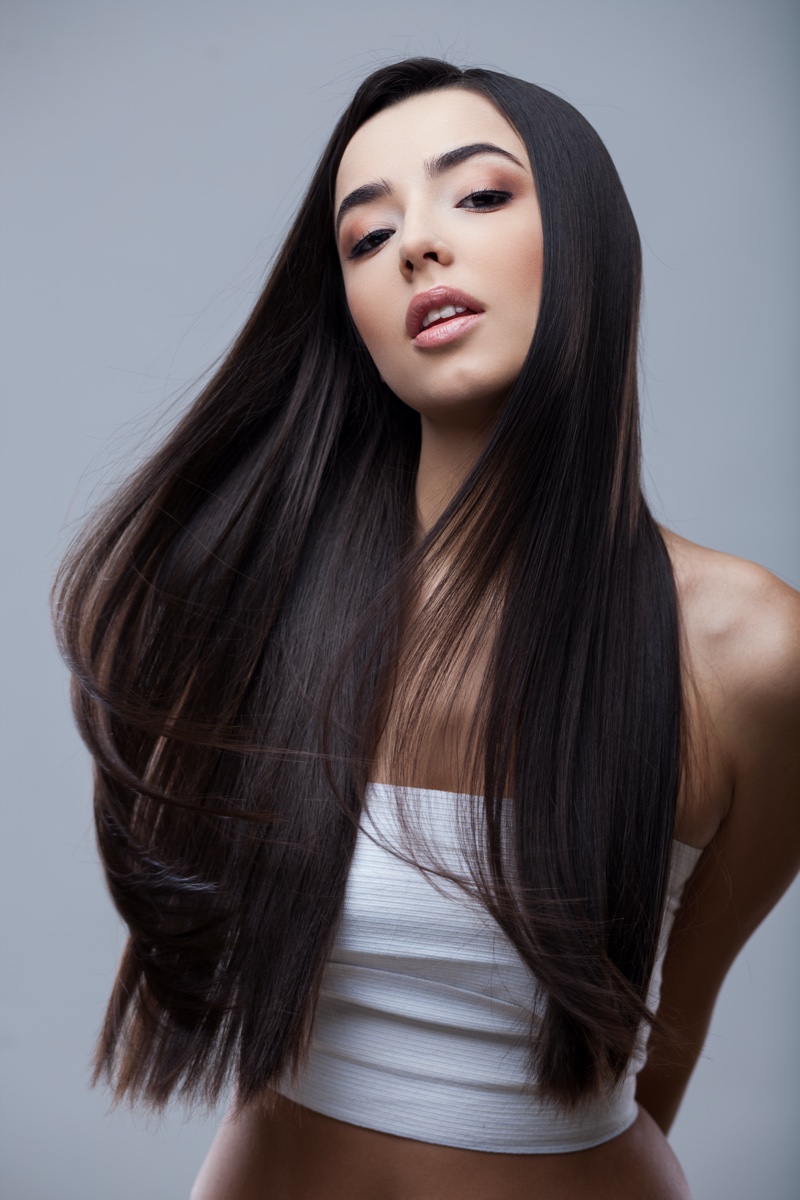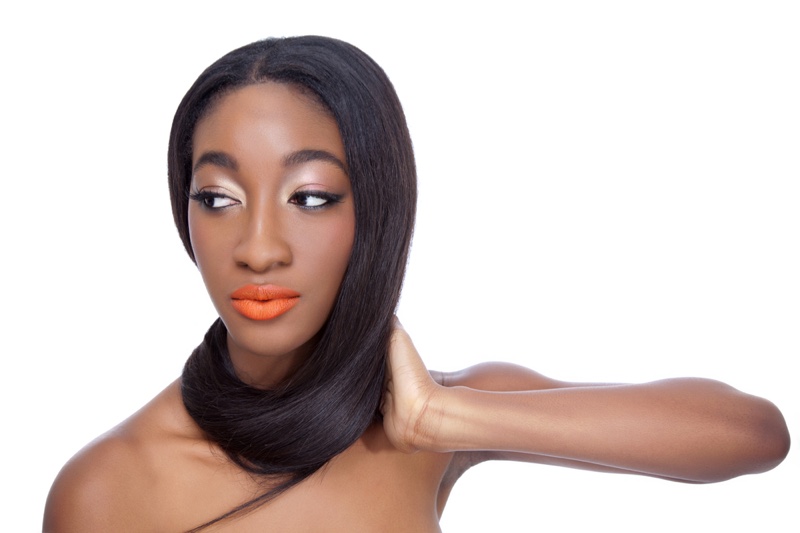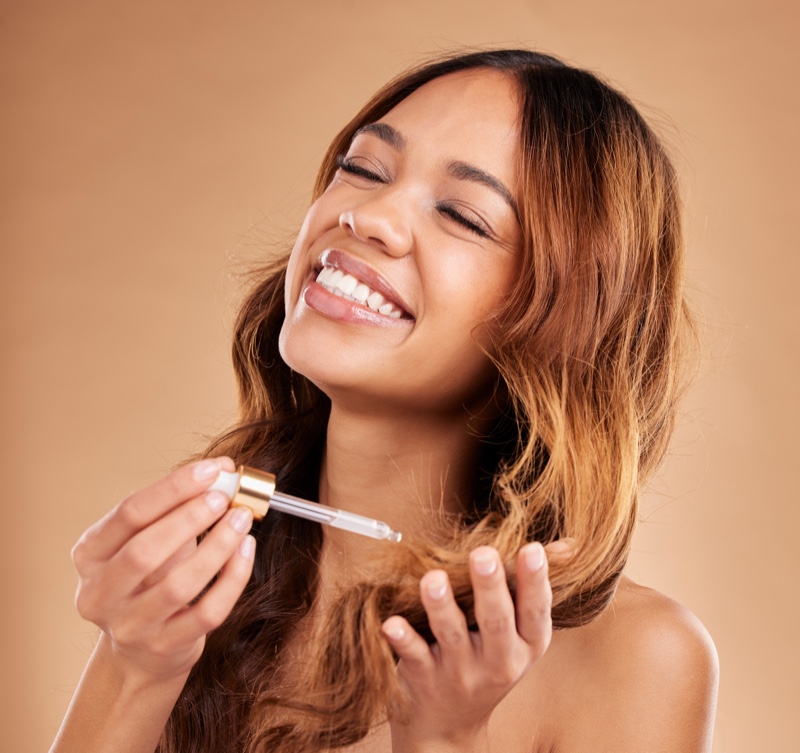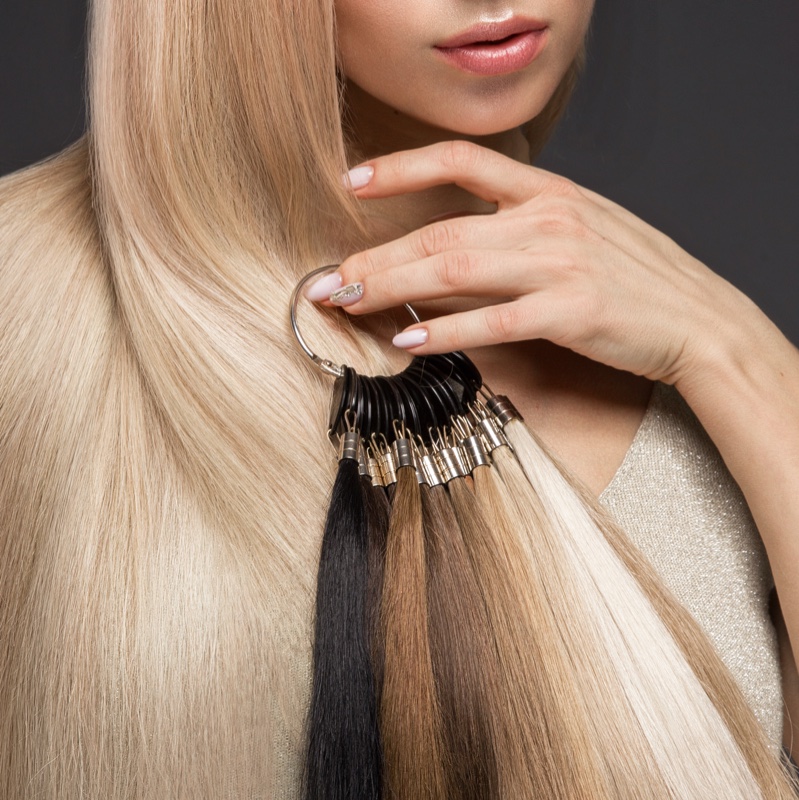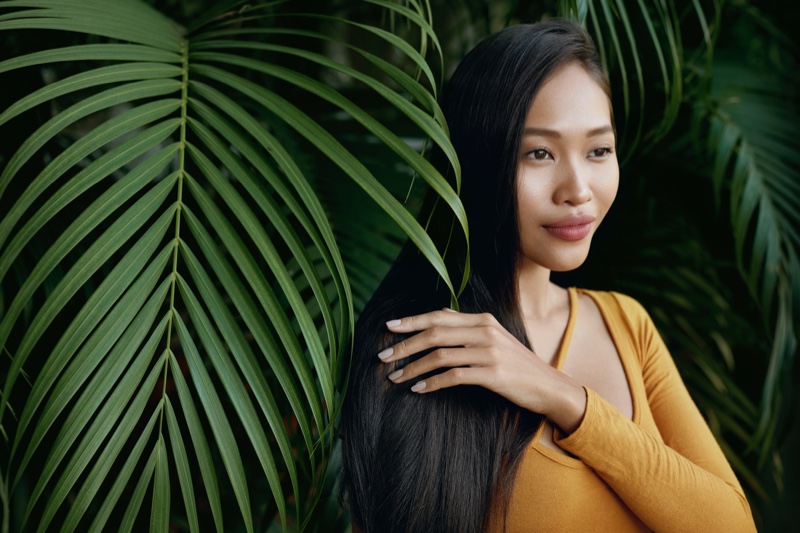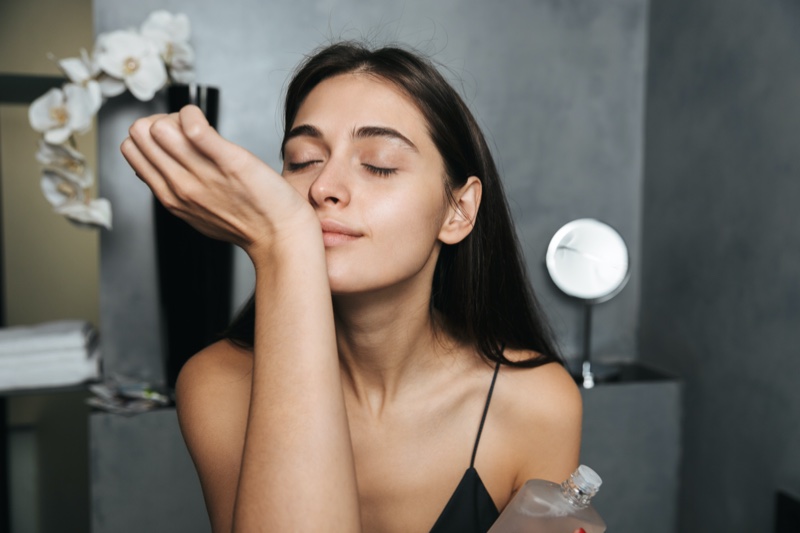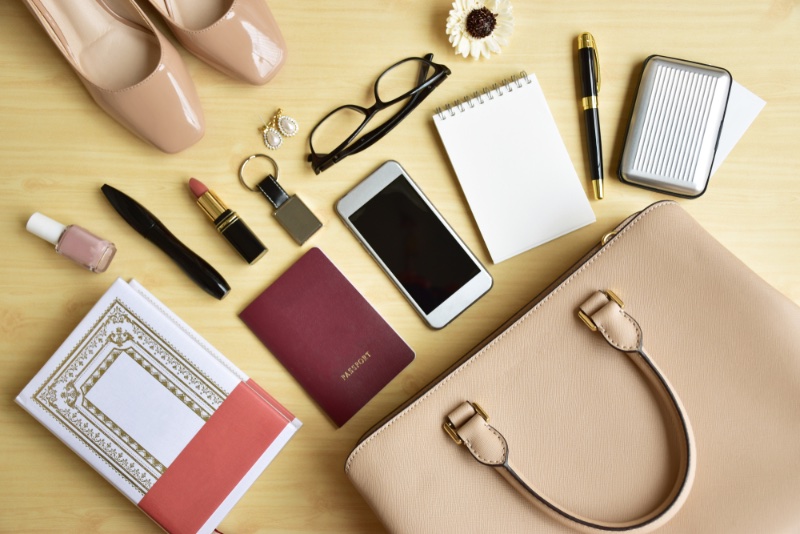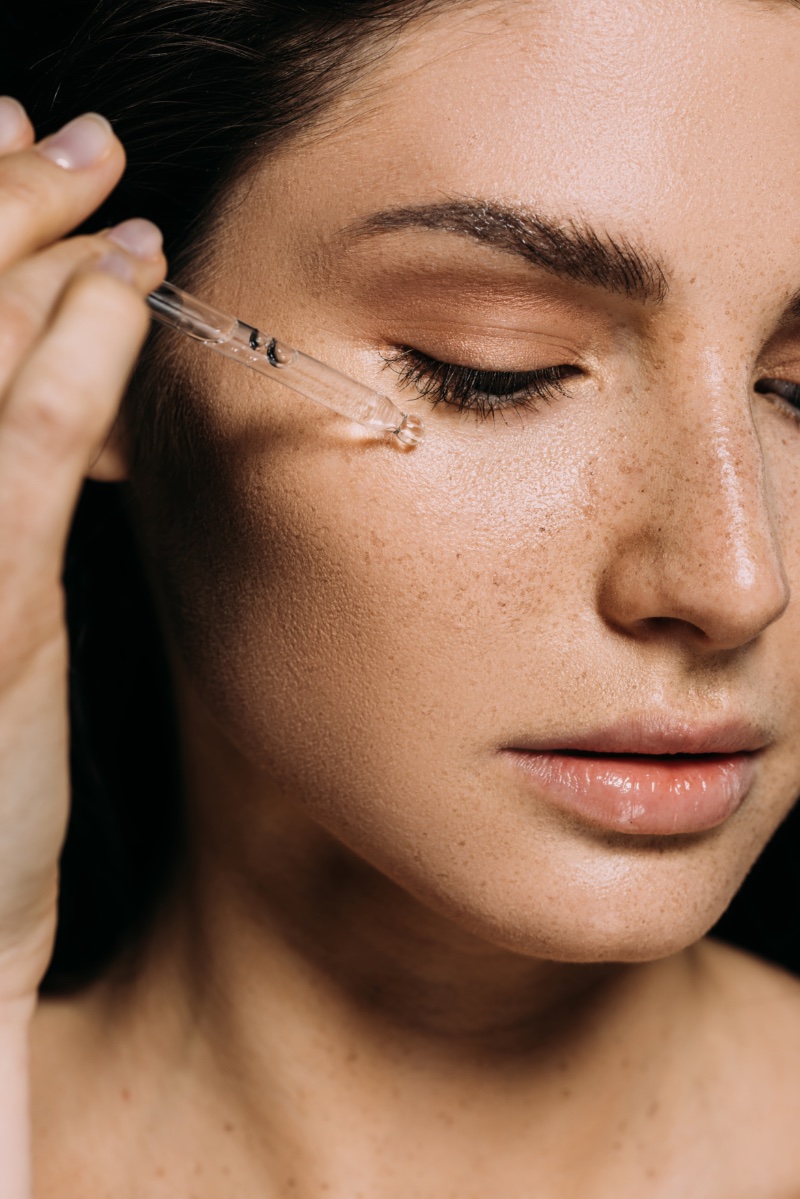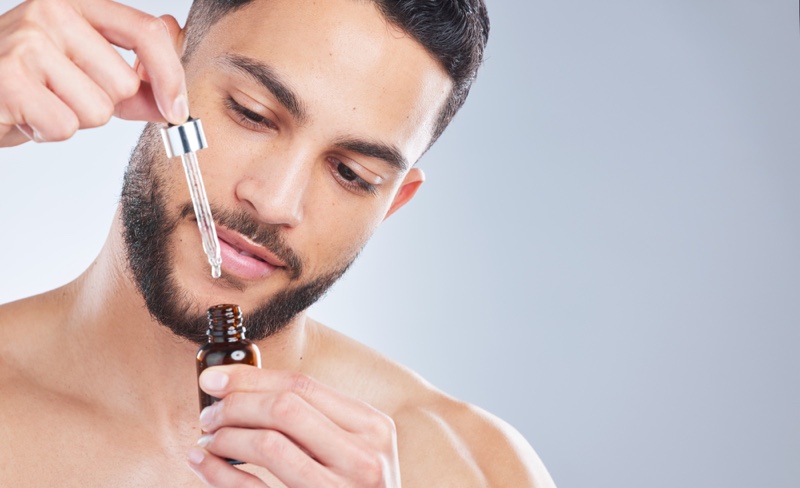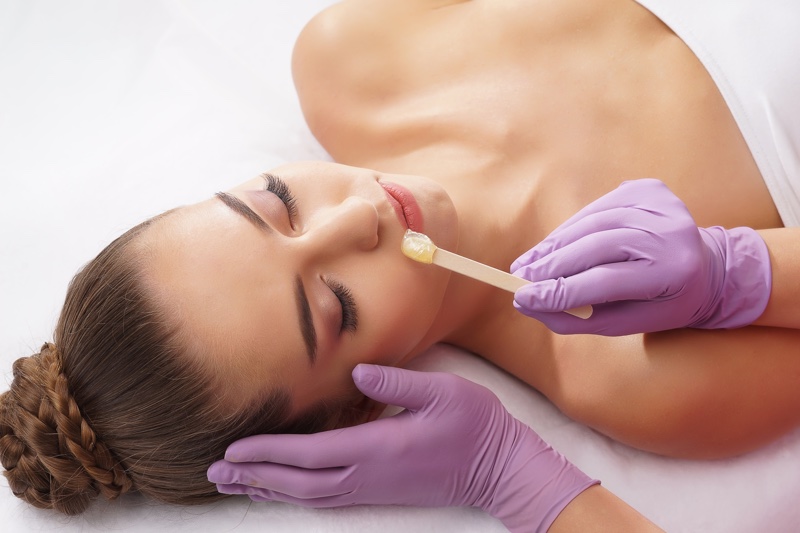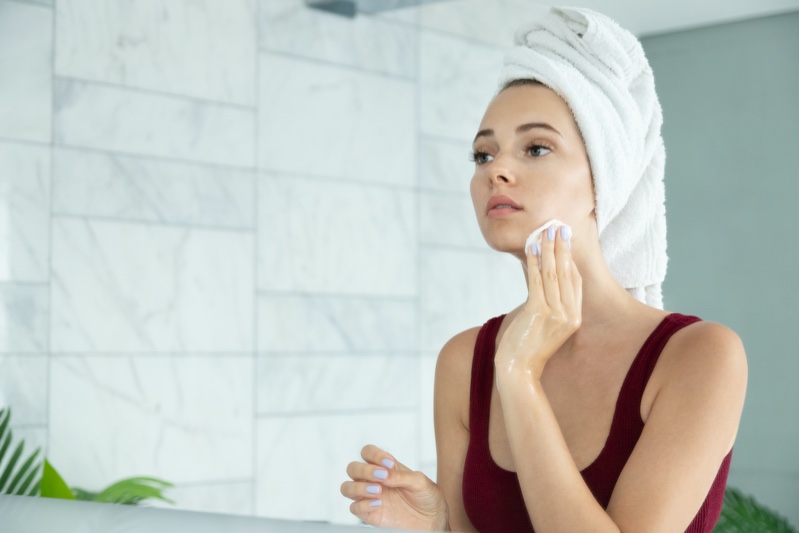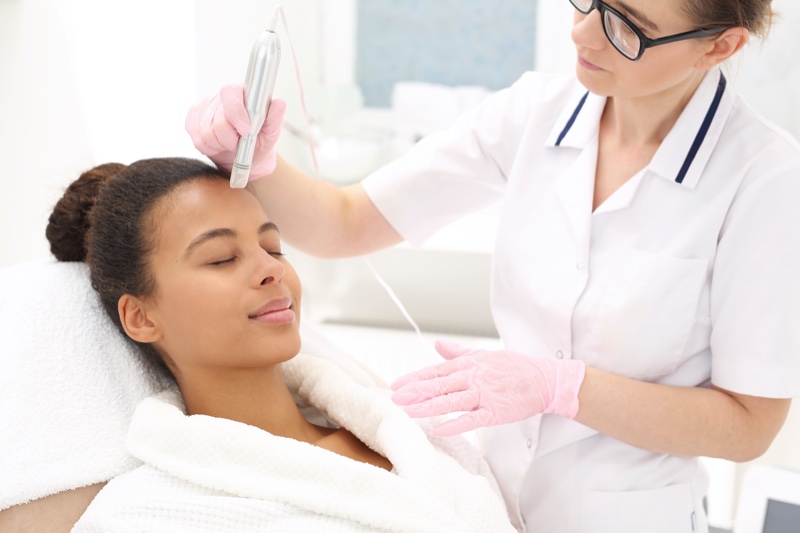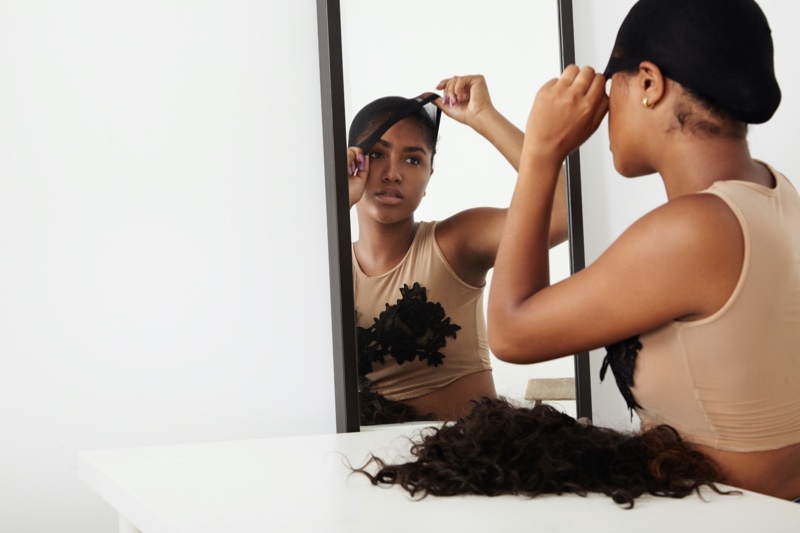
After a bad haircut or hair loss, you may feel like you need to improve your self-esteem. Wearing wigs allows you to express yourself and be unique. But do you really need a cap for it?
You’ll learn the pros and cons of wearing a cap wig, so you can make a well-informed decision.
Is wearing a wig cap absolutely necessary?
Consider the pros and cons before deciding whether or not to wear a wig cap underneath. Many people choose not to wear wig caps due to their tightness or discomfort, as well as the extra heat they produce (especially during hotter months). There is no need for wig caps to be worn by those with short hair. This decision is best made after carefully weighing all the factors.
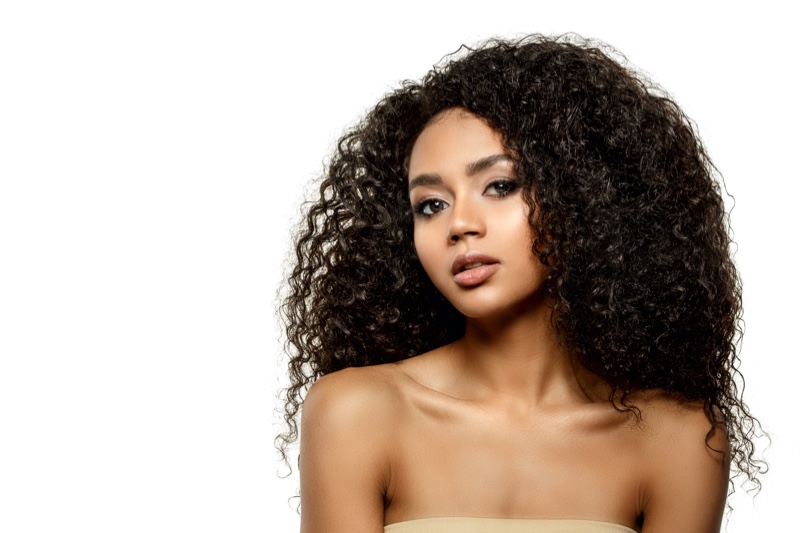
Why Is It Important To Wear A Wig Cap?
A wig cap may not be required but we recommend it. It will improve your experience wearing a hairpiece, keep your wig looking clean, and protect your scalp from itchiness.
Wearing a wig under your wig is advisable, regardless of whether your hair is long or short. The wig cap also prevents hair from getting tangled and breaking due to wigs rubbing on the scalp. It is important to use a wig cap to keep your hair in place. This is especially true if you need to pull back long hair.
Wig Caps: Different Types
Some of the materials used to make wig caps are listed below.
COTTON WIG CAPS
Cotton is an absorbent fabric, and we strongly recommend that women with mild hair loss avoid it. Cotton wig caps can draw out natural oils from your hair, causing it to become even more dry.
SILK WIG CAPS
The soft, lightweight material protects your hair from damage and reduces frizz.
NYLON WIG CAPS
- They spread out uniformly.
- The headbands fit comfortably, but not too tight.
- Stretchy fabric that is easy to wear, durable and stretchy
If you have an allergy to the material, it is best not to put it on your head. When searching for wig caps, look for those that allow for air circulation.
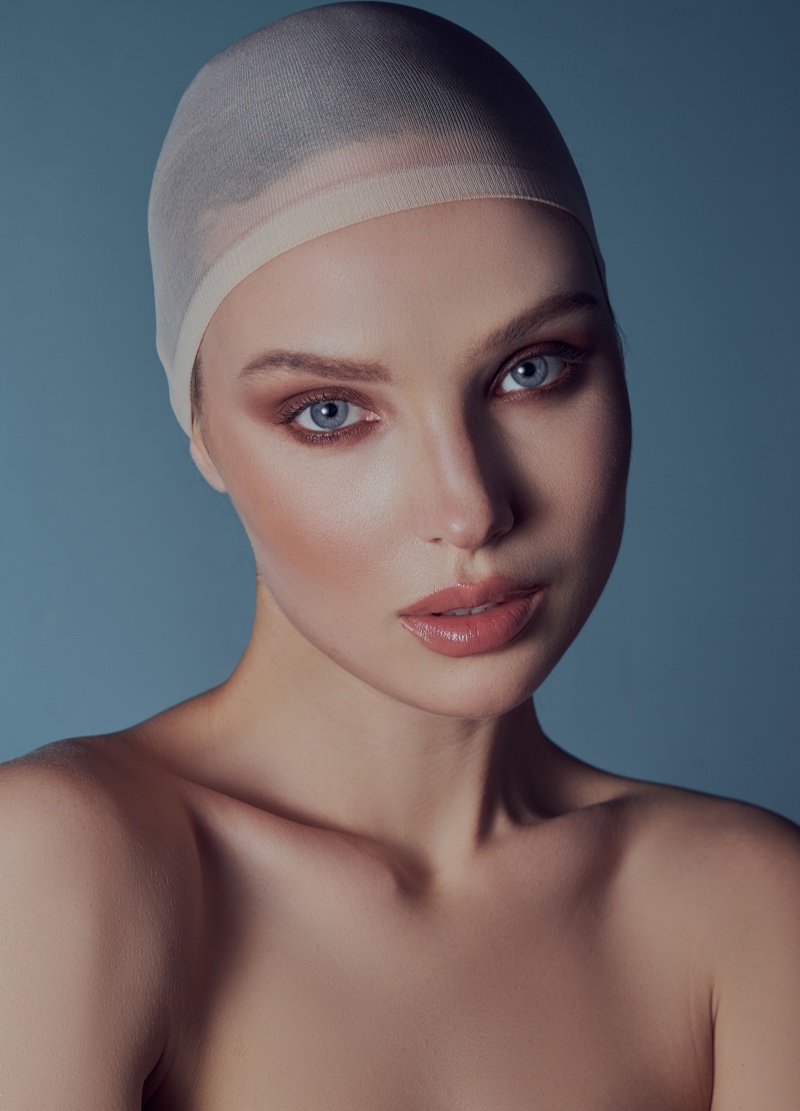
How to put on a wig cap
- Use bobby pins to create a bun. Your natural hair can be used to create braids and twists. Braids can smooth out your hair while protecting it. Divide your hair into several sections to avoid a bulky, clumpy braid when wearing thick or long hair.
- Gel can be used to secure any stray hairs under the cap.
- Spray some scalp protectant on your head if you have sensitive scalps or want to avoid any itching when wearing the cap. Give your skin at minimum 20 to 30 minutes for it to completely dry.
- Position the wig cap in such a way that its front overlaps with your hairline. Wear the wig cap on the highest point of your forehead if your hair is completely shaved. This will make it most comfortable.
- Use one hand to hold the cap in place. Gently pull your wig cap down to your nape.
- Secure the wig cap by tucking the sides behind the ears. Snap clips or bobbypins can be used to secure a cap if you have hair.

Benefits of using Wig Caps
- A wig cap will help protect your scalp if it is sensitive. You may find that a wig-cap underneath your wig is more comfortable for a sensitive scalp. It’s a bad idea to skip the wig cap if you are completely bald. This will help keep your hairstyle in place, and protect your scalp.
- It’s best to buy a wig cap if you plan to wear your hairpiece for several hours. Sweat can accumulate under your wig throughout the day. Your wig can become soiled and unkempt due to the oil.
- Wearing a wigcap is a good way to keep your hair and scalp clean. It can be washed along with your other laundry, and you should replace it daily.
- Wearing a cap underneath your new style will keep it in place. You will no longer have to worry about strands of loose hair.
- If you are experiencing hair loss, a wig cap may help to keep your wig in position. A wig cap can provide an additional layer of protection for the fabric of the wig and increased comfort.
- Even if you have a full haired head, wearing wigs can cause irritation to the scalp. Wearing a soft cap underneath your wig will provide you with extra comfort.
- The main purpose of wig caps is to protect your hair. The wig cap does not guarantee complete hair concealment. A wig cap can help with thicker hair.
- A wig cap will smooth out any lumps that may appear under your wig.

The disadvantages of wearing wig caps
- A wig cap can be helpful to some, but not others. Some people find wig caps a bit too warm because they act as a second layer under the wig. If you wear a wig with a cap for a long time, it can make you uncomfortable and hot.
- Wig caps come in one size, but some people may feel uncomfortable if they are too tight. This tightness can cause headaches after a time. We recommend that women wearing wigs wear them without wig cap for maximum comfort.
In a nutshell
It all boils down to your personal taste. Wig wearers who use wig cap often have a more enjoyable and comfortable wearing experience. Some women find that wearing a wig for long periods of time is uncomfortable because the cap is too tight.
It is a personal choice whether or not to wear a cap.

